
The School of Creativity and Art has launched a minor in Interaction Design starting in the 2021-2022 academic year. The minor will focus on interdisciplinary research and practice at the intersection of the natural and humanities disciplines, and forward-looking innovation in Internet interaction design. Research areas include intelligent human-computer interaction products, socially innovative intelligent system design, game and computer art design, technology art and pan-entertainment experience design, etc. We are now accepting applications for the Interaction Design minor in 2023.
Students in the minor choose to take courses from two curriculum systems:
1、Smart factory system and human-computer interaction product course system;
2、Computer art, game scenes and virtual experience course system;
Students who have completed 15 credits will receive a minor certificate issued by the ShanghaiTech University. At the same time, students can get project practice, international exhibition and industry exchange internship opportunities during the interactive minor study.
Interaction Design Minor Course System Table
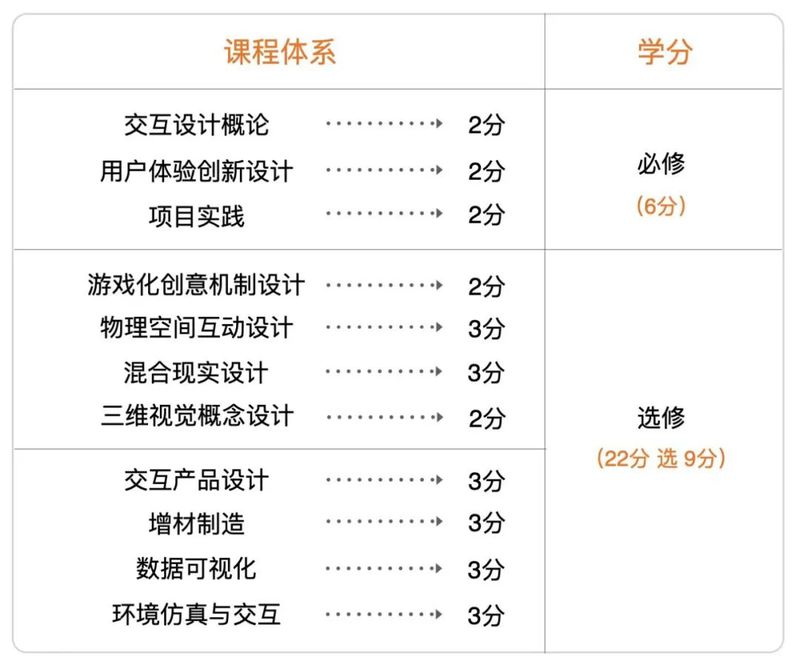
Instructor
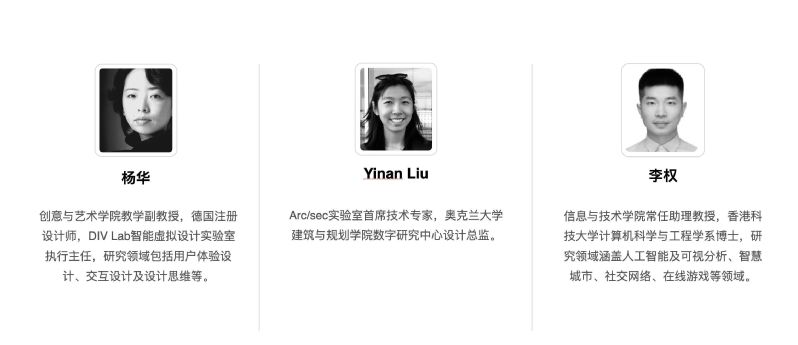
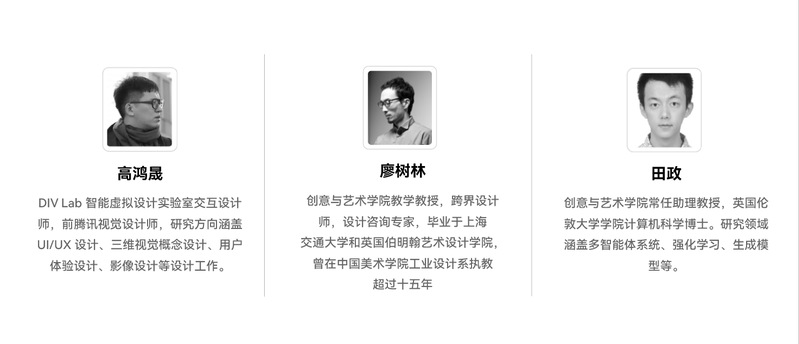
Domestic and international institutions for further study
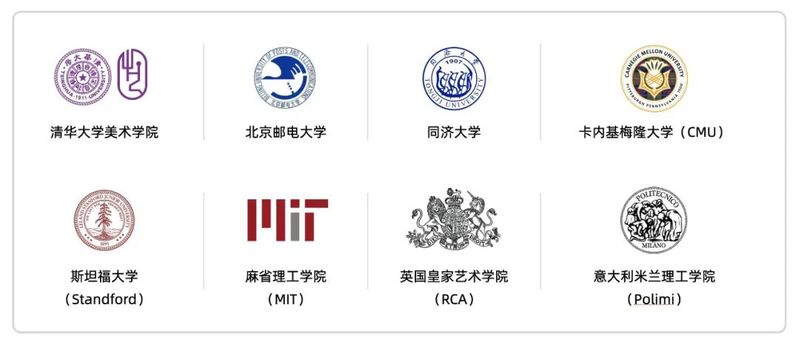
Employment Companies
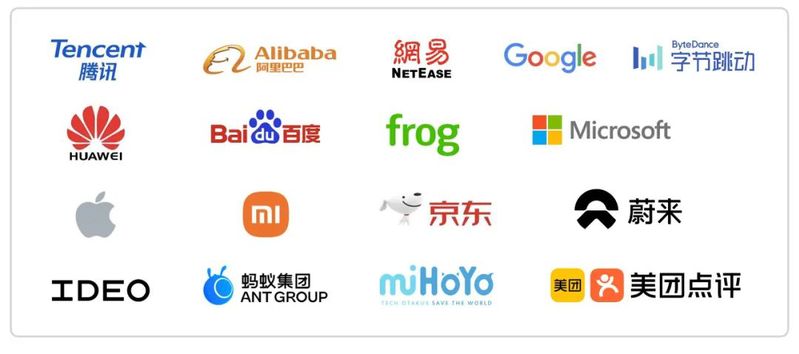

1、Application object
Undergraduate students in their sophomore year or above at the ShanghaiTech University are eligible to apply.
2、Application Eligibility
According to the 上海科技大学本科生修读辅修专业管理办法 and the requirements of the training program of the minor, students applying for the minor must meet the following conditions.
1、GPA≥3.0 and no more than one failed course in the major.
2、Have completed the following courses and passed the overall assessment.
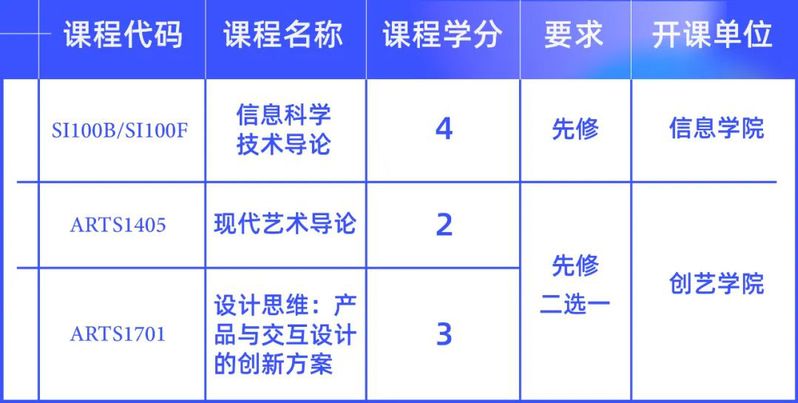
3、Application documents
Students who apply for registration are required to provide the following documents.
1、application form for the minor.
2、Union of Science and Technology Shanghai undergraduate transcripts (can be printed from the three self-service transcript printers in the Teaching Center, Campus Service Center, and School of Life L Building).
3、a personal statement in Chinese or English (300-500 words) setting out the reasons for applying for the relevant minor and relevant experience.
4、a recommended preparation of a design portfolio. (if any)
4、Material Submission
Please send your application materials by email to:ixd.sca@shanghaitech.edu.cn
5、Other Notes
Students who have taken ARTS1407 用户体验与创新设计 and ARTS1408/ARTS1412 数码产品设计 can have their credits counted towards the credits related to their minor.
Inquiry
yanghua@shanghaitech.edu.cn (Ms. Yang)
fanghui@shanghaitech.edu.cn(Ms. Fang)
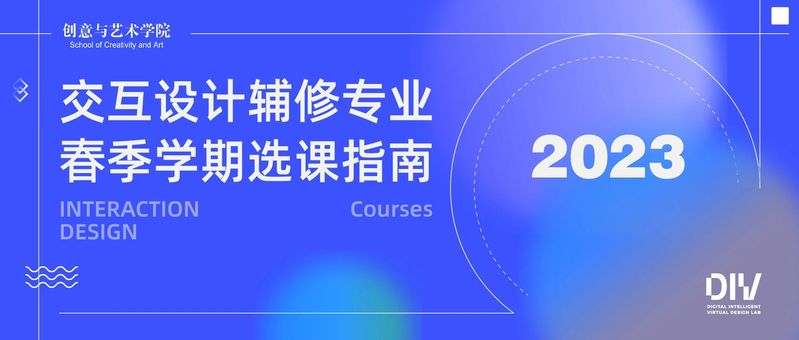
Courses to be offered in spring semester 2023:
Hybrid design – In the Age of Spatial Computing
Design Project Practices
User Experience Innovative Design
3D Visual Concept Design
Data Visualization
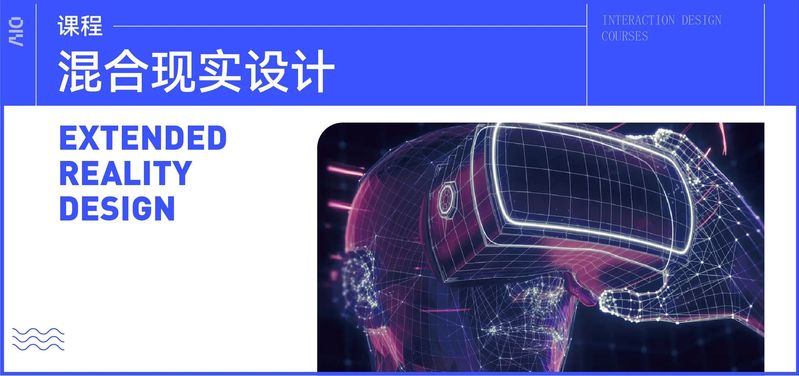
Hybrid design – In the Age of Spatial Computing
Instructor:Hua Yang、Yinan Liu
AR/VR/MR has been gradually applied in our life, such as VR entertainment glasses in the field of consumer goods, which create a movie-like visual experience for users, and AR glasses to assist in medical and engineering, which improve the work efficiency in the business field. In this course, students will become familiar with the design of mixed reality. In this course, students will get familiar with AR/VR devices, learn the interface and interaction design specifications in AR/VR, and design interesting AR/VR applications (including tool applications, games, and visual experience animations) for existing user scenarios combined with students' creativity. This course is an advanced course, which requires students to master basic interaction design knowledge and basic skills of implementation tools involved in AR/VR (such as Unity3D).
3Credits: 3
Class hours: 48 (1-12 weeks)
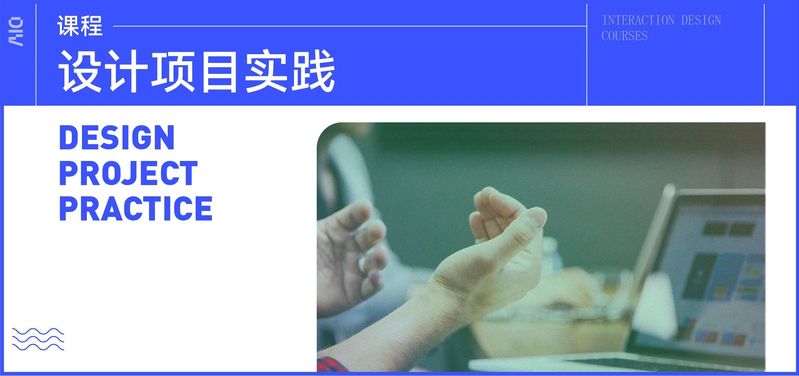
Design Project Practices
Instructor:Hua Yang
The course allows students to participate in actual interaction design projects, using the Creative Arts Institute's creative technology lab resources to create opportunities for students to practice real-world projects. Students will gain practical experience by participating in research projects in various labs as interaction designers. This will prepare students for future innovation and entrepreneurship.
Credits: 2
Class hours: 32 (1-8 weeks)
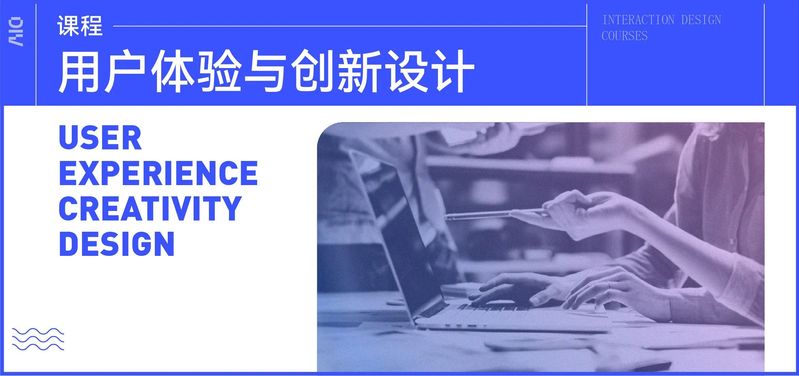
User Experience Innovative Design
Instructor:Shulin Liao
The course does not limit the content of students' design and research, nor does it require students to use any technological tools, but rather to propose innovative ideas and solutions based on creating a wonderful user experience. In addition to the design work, the instructor will also supplement the students with some user research and case study methodology, and eventually the students will be required to produce a large piece of work that requires a higher degree of completion and related research.
Credits: 2
Class hours: 48 (1-16 weeks)
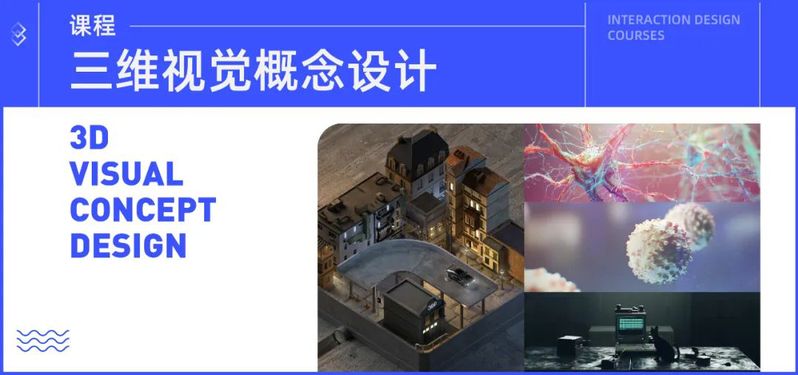
3D Visual Concept Design
Instructor:Hua Yang、Hongshu Gao
Students are taught to use 3D rendering software for concept/style drawing design, so that they can independently complete the visual output of the concept, learn the logic of using the rendering software, composition, color matching, lens use, scene atmosphere post-processing, so that students can combine their professional background (such as biological microcosm, computer technology, game design, etc.) to quickly realize the scene idea in their head, combined with material drawing Combined with material drawing techniques and digital sculpting techniques, students will be able to complete 3D style rendering works with a high degree of art completion. (This course mainly uses Blender software for teaching)
To take this course, please first fill out the following form:
3-D Visual Concept Design - Course Selection Questionnaire
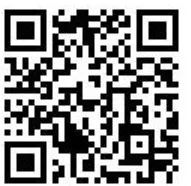
Credits: 2
Class hours: 32 (1-8 weeks)
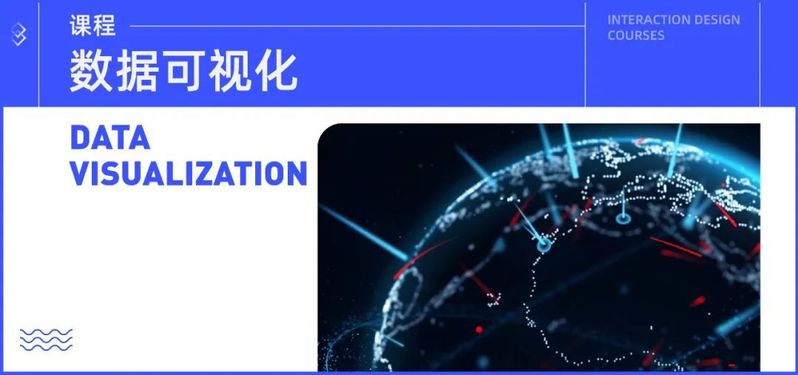
Data Visualization
Instructor:Quan Li
In the era of big data, data visualization has become extremely important. Data visualization aims primarily at communicating and communicating information clearly and effectively with the help of graphical means. Data visualization involves topics in perceptual psychology, mathematics, and computer science, making the discipline uniquely challenging. We will learn how to use these concepts to create beautiful, informative, and realistic visualizations that effectively communicate the meaning behind data to the observer through visual perception. In addition, the design and development of data visualization and visual analytics systems requires both an engineering background (e.g., data processing, mining, and knowledge of graphics) and an artistic background (e.g., graphic design). The current education system in China is not yet able to produce students with both backgrounds. At present, researchers and students with related engineering backgrounds are basically concentrated in the computer science schools of major comprehensive universities or engineering colleges, while those with related artistic backgrounds are basically concentrated in art or fine art colleges. The goal of this course is to teach students why and how to create data visualizations, as well as the mindset that they are expected to have from both of these backgrounds to design data visualization and visual analytics systems that are both efficient and intuitive in solving big data problems in practice, and that bring great aesthetic appeal to users.
Credits: 3
Class hours: 48 (1-12 weeks)



















